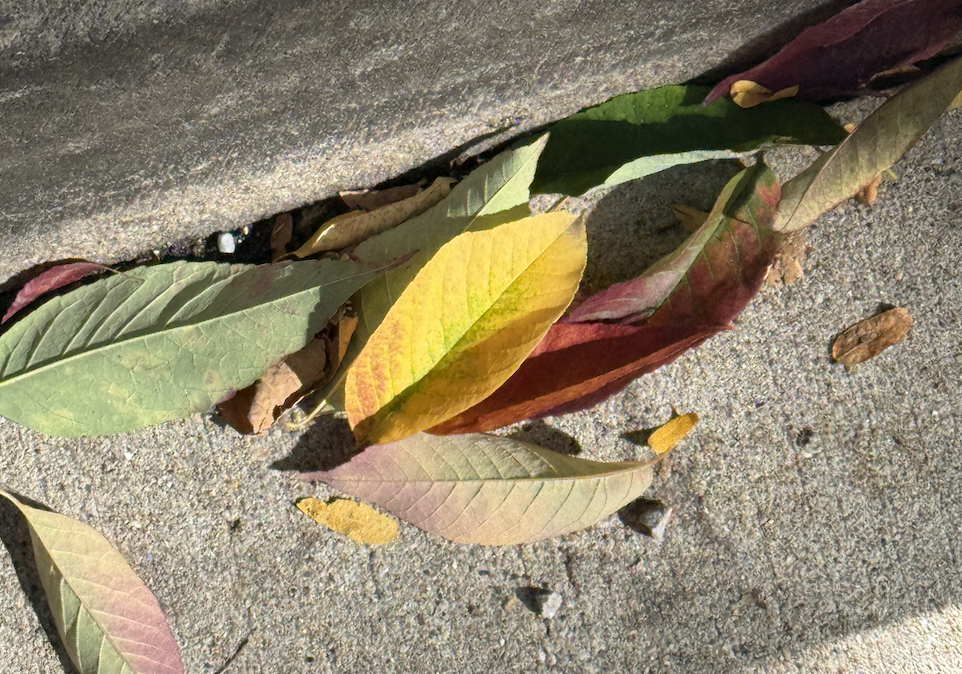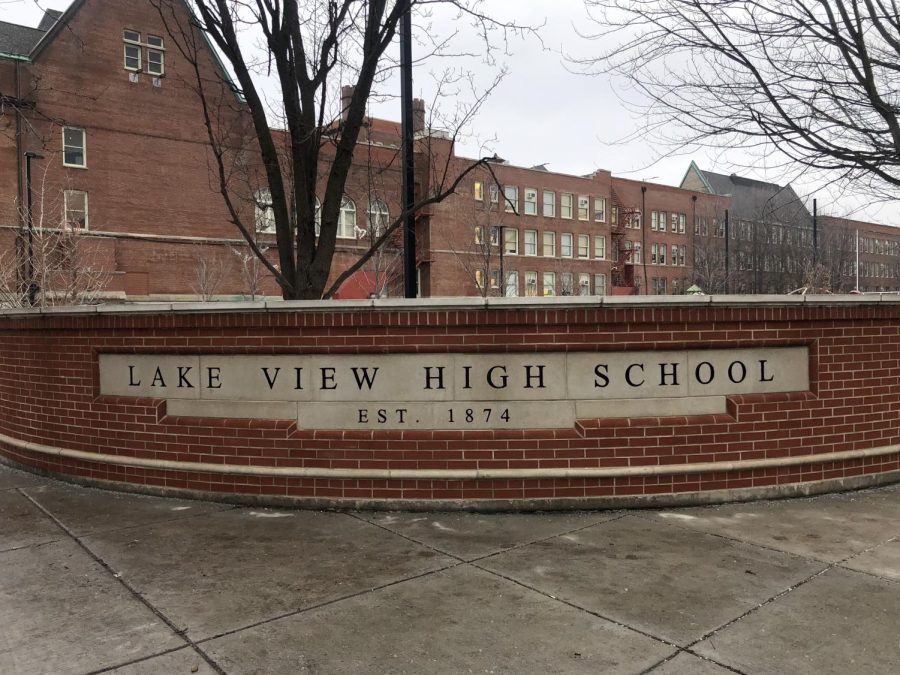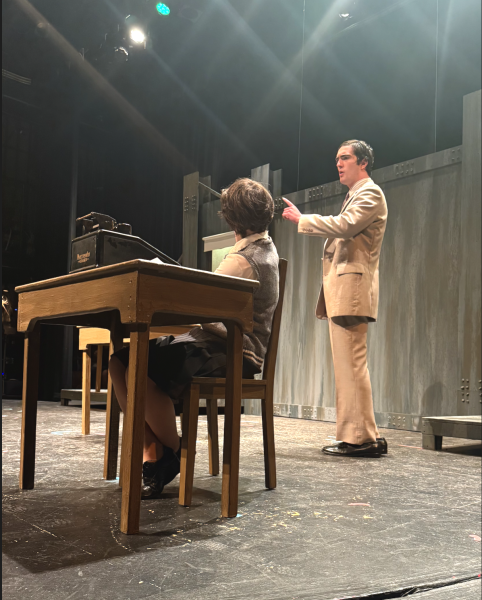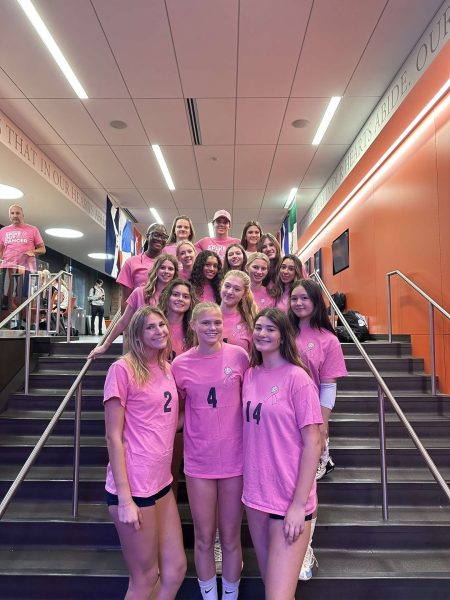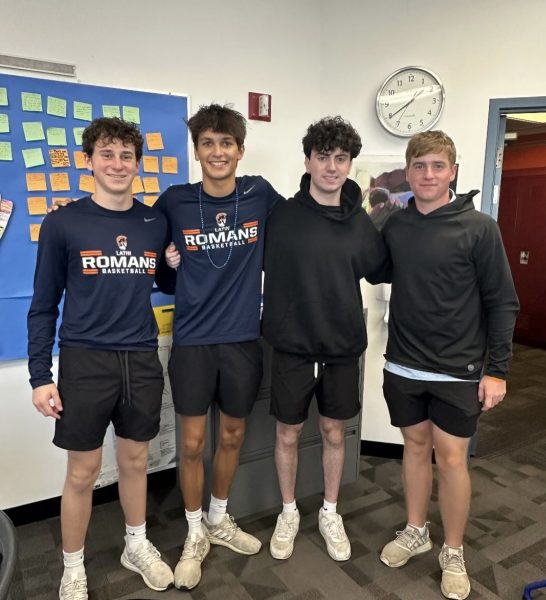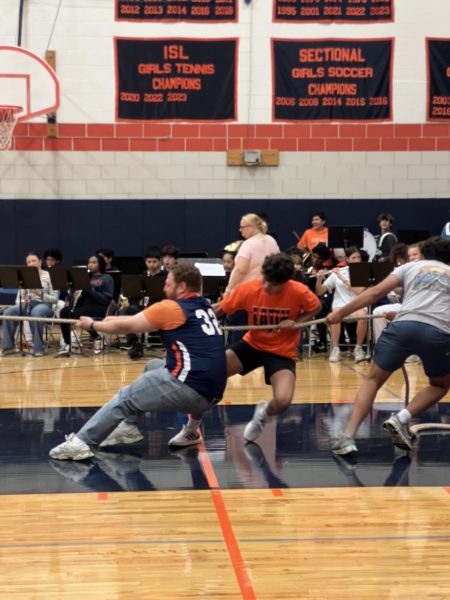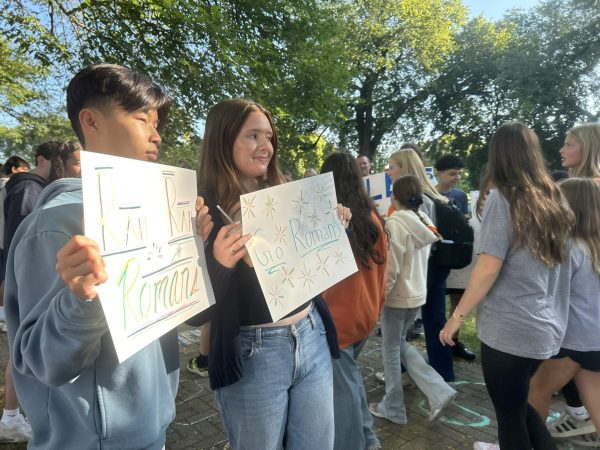A Battle Between the City and the CTU
Lake View High School, a CPS neighborhood school, on the morning of January 13, 2022.
While the city of Chicago and the Chicago Teachers Union (CTU) argue over working conditions in schools amid the COVID pandemic, more than 330,000 Chicago Public School students lost five days of school earlier this month due to the most recent conflict.
On January 4, the CTU voted on whether to return to school amid the uptick in Omicron cases. The results were heavily in favor of transitioning back to a remote-learning model, with 88 percent of the 632 union delegates in favor of working remotely. In response, CPS canceled classes and locked teachers out of their Google Classrooms, preventing them from teaching online. CPS has yet to announce whether these days will be made up at the end of the school year.
The primary point of contention is health and safety during the pandemic. Chicago Mayor Lori Lightfoot insisted that it was safe for the teachers to continue instruction in person, as they were before the New Year. However, the CTU disagreed with the city, sparking friction and a further delay of a return-to-school plan.
Upper School history teacher Stephanie Stephens, who has two children at two different CPS schools, said she needed to figure out how to continue teaching at Latin while her kids’ schools were out of session. “I was able to teach remotely Wednesday through Friday,” she said. “I reached out to my neighbors, friends, and family to find coverage.” In addition, Ms. Stephens noted, “My kids were also feeling stress from the uncertainty of the situation.” Now, they are glad that classes have resumed.
Former Latin student Fiona O’Toole, a sophomore at Walter Payton College Preparatory School, felt similarly. “Most people I know side with CPS,” Fiona said while the teachers still refused to come in-person, “but everyone’s stressed about finals and AP exams, and sports are canceled, which is so frustrating because other teams get to practice.” With regard to a decision on returning to school, she said they “came out at 11 p.m., which was so stressful.”
The CTU argued that school is not a safe environment for teachers or students amid the Omicron variant wave of the COVID pandemic. Realistically, as COVID cases continue to rise in Chicago, students will have to follow the Centers for Disease Control and Prevention’s (CDC) indoor regulations, regardless of their vaccination status. But following the protocols set in place by the CDC may not be enough; CPS will need time to develop additional protection measures that members of the CTU and the city can mutually agree on to safely run school in-person.
More recently, the union delegates voted to suspend their labor action, with 63 percent in favor of returning to school, after gaining some concessions on safety measures including expanded COVID testing and specific guidelines on when a school would temporarily shift to remote learning.
This is not the first time the city and the CTU have been at loggerheads. In 2019, the teachers went on strike while they negotiated new working terms with the city. That strike lasted 14 days. Again, in 2020, the union demanded a remote start to the school year, while Mayor Lightfoot proposed a hybrid model. She settled with the union to avoid a school closure as long and relentless as those of 2012, 2015, and 2019.
The CTU’s actions come as CPS continues to lose students. Since the beginning of the COVID pandemic, CPS has lost 25,000 students. When students and families leave CPS, education options include writing a hefty check to either a parochial or private school in the city, or moving to the suburbs for a wider range of high schools to choose from.
Some CPS students, in particular, the Chicago Public Schools Radical Youth Alliance, sided with the CTU and disagreed with the decision made by the city to return to in-person learning. On January 14, they took matters into their own hands. More than 1,000 students citywide walked out of school at 12:30 p.m to protest the plan to return to school in-person learning.
Latin senior Mia Wolniak spoke about her experience as a middle schooler at Lane Technical Academic Center from seventh to eighth grade. When there was a strike, “classes stopped completely,” she said. Mia mentioned that her mom, Sheri Snopek, worked in CPS for 22 years before coming to Latin. “We spent a lot of time participating in the demonstrations,” Mia added. “Bureaucracy is complicated, and it’s especially important to better understand why public school teachers strike.”
A note from the editors: This article has been revised to include more accurate detail regarding the ongoing conflict between the city and CTU. While the actions of the CTU have been speculated as a ‘strike,’ given that the teachers upheld a willingness to work remotely, the word is an unfit label of the circumstances.

Annie Hallinan (‘24) is a senior at Latin who is beyond excited to return to The Forum for her third year on staff. Aside from serving as Managing &...









































